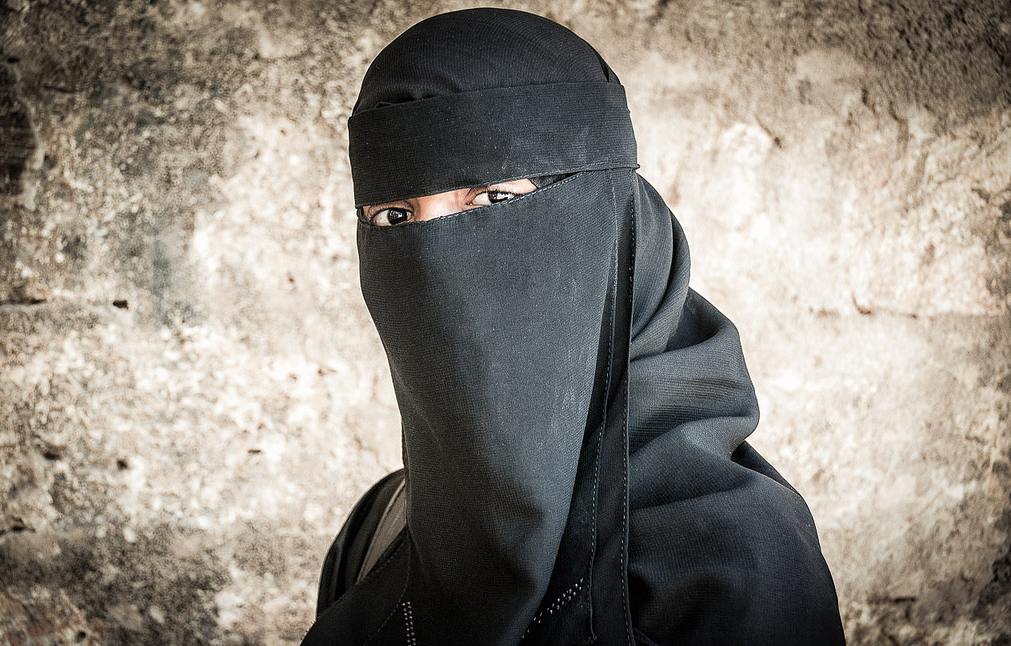After boarding a local bus near Mangalore, Karnataka in the south of India, I sat on an aisle seat while other passengers continued to board. Soon all standing room was taken. The bus became packed, common for this culture.
Standing next to me was a woman of unknown age wearing a full burqa, entirely black in color. Though I did not look up, I knew that her orthodox Muslim clothing provided a narrow opening, a horizontal slit, through which she could see. Beyond her two eyes, this woman’s hands constituted the only exposed skin allowed. On this trip to the south of India, much to my surprise, I discovered a large Muslim population in the coastal region of Mangalore. I found many mosques, many restaurants and food stalls offering chicken, and the iconic call to prayer, beginning at 5:30 am. Amazingly, many women here wear the traditional, full length black burqa in the hot humid weather of south India. This particular lady struggled to manage a heavy shopping bag and large purse while also clutching the bus’s overhead grab-bar for stability. My companion and I suggested she let her bag fall into our laps to make her life easier for the moment.
She consented with a kind of terse husky grunt, suggesting she had a tough emotional skin. Later it was explained to me that many orthodox Muslim women lack education. Therefore, her absence of speech could have been shyness about speaking to strangers, especially Westerners and most especially foreign men. And if you think about it, making connection with anyone from behind that veil would be a labor.
Most people from the United States never have the opportunity to get up close and personal with a Muslim woman wearing the strange, otherworldly burqa. But India brings many unusual experiences, such as this one.
As the bus lurched from side to side, the woman braced herself by placing her left hand on the seat-back in front of me. Her hand was inches from my face. Since my gaze was already directed forward, I took the opportunity to study her hand. Nobody would ever know, I thought to myself.
Her hand bore the particular characteristics of a native of India, light coffee brown in color. Her nails were perfectly manicured and the texture of her skin was perfectly smooth. Her double jointed index and middle fingers bent backward to quite a degree. The overall vibration of her black sleeved hand suggested to me that she had some access to wealth, though logically, her wealth was most likely limited since she now occupied this crowded bus rather than a private car. Women wearing the burqa are also “allowed” to ride side-saddle on the back of motor scooters. This was a common sight.
When our bus reached its destination and it came time to disembark, she snatched her shopping bag and left without uttering a sound. Interesting.


